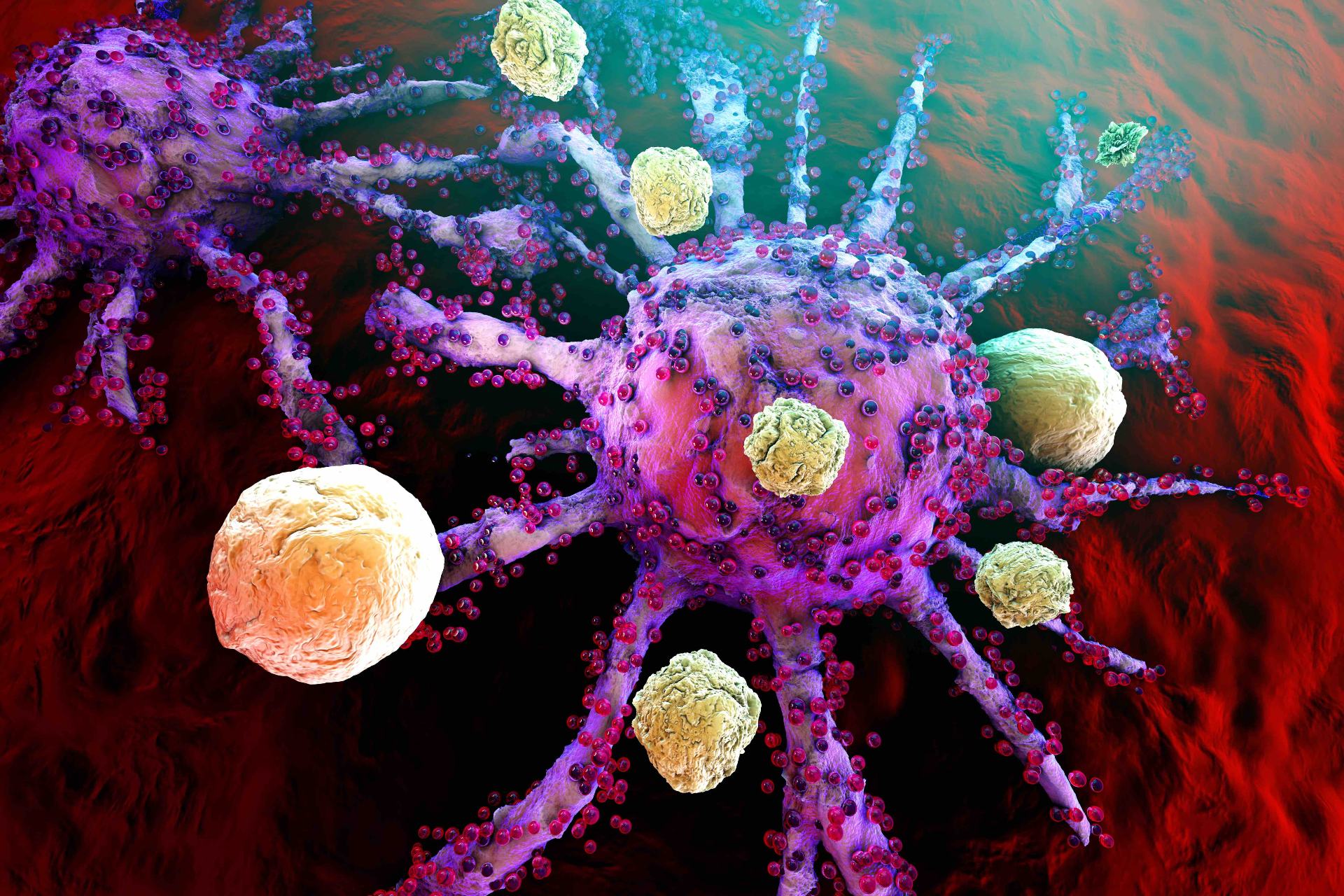Article
Pricing of CAR T Therapies Currently Aligns With Benefit, but Future Changes May Be Needed
Author(s):
Despite price tags well over $350,000 for treatment, tisagenlecleucel, approved for children with B-cell acute lymphoblastic leukemia, and axicabtagene ciloleucel, approved for adults with certain B-cell subtypes of non-Hodgkin lymphoma, are considered cost effective, according to a report from the Institute for Clinical and Economic Review.
Despite price tags well over $350,000 for treatment, the 2 approved chimeric antigen receptor (CAR) T-cell therapies for B-cell cancers are considered cost effective, according to a report from the Institute for Clinical and Economic Review (ICER).
An ICER panel voted that the evidence for tisagenlecleucel for children with B-cell acute lymphoblastic leukemia (B-ALL) and both tisagenlecleucel and axicabtagene ciloleucel for adults with certain B-cell subtypes of non-Hodgkin lymphoma was sufficient to show there is a net health benefit compared with commonly used chemotherapy regimens.
ICER used the cost-effectiveness model to estimate the potential budget impact of tisagenlecleucel in patients 25 years and younger with B-ALL that is refractory or in relapse and of axicabtagene ciloleucel in adults with relapsed or refractory large B-cell lymphoma after at least 2 lines of therapy.
With the long-term cost-effectiveness of tisagenlecleucel compared with chemotherapy listed at $45,871 per quality-adjusted life year (QALY) gained, and the cost-effectiveness of axicagtagene ciloleucel compared with salvage chemotherapy listed at $136,078 per QALY gained, both therapies fell below or within the thresholds of $50,000 to $150,000 per QALY, according to the report.
“Further analyses suggested that cost-effectiveness findings would be less favorable if the possibility of late relapses (after available follow-up in the trials) was included,” ICER noted in the at-a-glance report.
ICER did issue an Affordability and Access Alert for axicabtagene ciloleucel despite it being deemed cost effective in the long term. The short-term costs for the therapy could exceed ICER’s $915 million threshold for annual budget impact, which means only 38% of eligible patients could be treated in a year before the cost of the treatment crossed the threshold.
The report also included several policy recommendations to help ensure access to CAR T therapies:
- Early communication: Manufacturers, insurers, and providers should meet before an FDA approval to discuss issues such as patient subpopulations, pricing parameters, and payment arrangements.
- Settings of care: Initially, CAR T therapies should be delivered in manufacturer-accredited centers until providers gain sufficient expertise to address the serious side effects of the treatment.
- Innovative payment models: Among these recommendations were the idea that outcomes-based pricing should be linked to meaningful clinical outcomes and that novel therapies approved with limited evidence should be launched at a lower price with the potential for an increase if clinical benefits are confirmed.
- Generating additional evidence: Patients treated with CAR T therapy should enter a registry for long-term follow up, and additional studies need to determine the optimal positioning of CAR T therapies in the sequencing of treatments.
- Patient education: Patients should be educated on what to expect during CAR T therapy and the long-term consequences of these treatments.
The report also identified sources of uncertainty for both treatments, including the fact that studies of CAR T therapies have all examined small single-arm trials with short follow-up. In addition, it noted that improvements in the manufacturing process may lead to fewer failures and shorter wait times. This made comparing the clinical effectiveness of CAR T therapies with other salvage therapies challenging. In addition, the current manufacturing process can take 2 to 3 weeks, during which time some patients die or become too sick for treatment.
“Based on current evidence, both therapies appear to be priced in alignment with their clinical value, but there are potential short-term affordability concerns—for axicabtagene ciloleucel under its current indication, and for both treatments should they receive future approvals for broader patient populations,” Dan Ollendorf, PhD, ICER’s chief scientific officer, said in a statement. “With many other potentially transformative therapies in the pipeline, stakeholders must collaborate now to develop payment and delivery systems that can ensure timely patient access, manage short-term affordability for expensive one-time treatments, and continue to reward the innovation that brings these new treatments to market.”





